Cardiac Arrest in Eld’s Deer During Capture and Chemical Immobilization
Deer are among the most well-known of the large wildlife species globally. They belong to the order...
Turns out, animals can’t really verbalize what’s going on all the time. In the Wild is a collection of pieces to help close that communication gap while growing the love and understanding between animals and those who care for them.
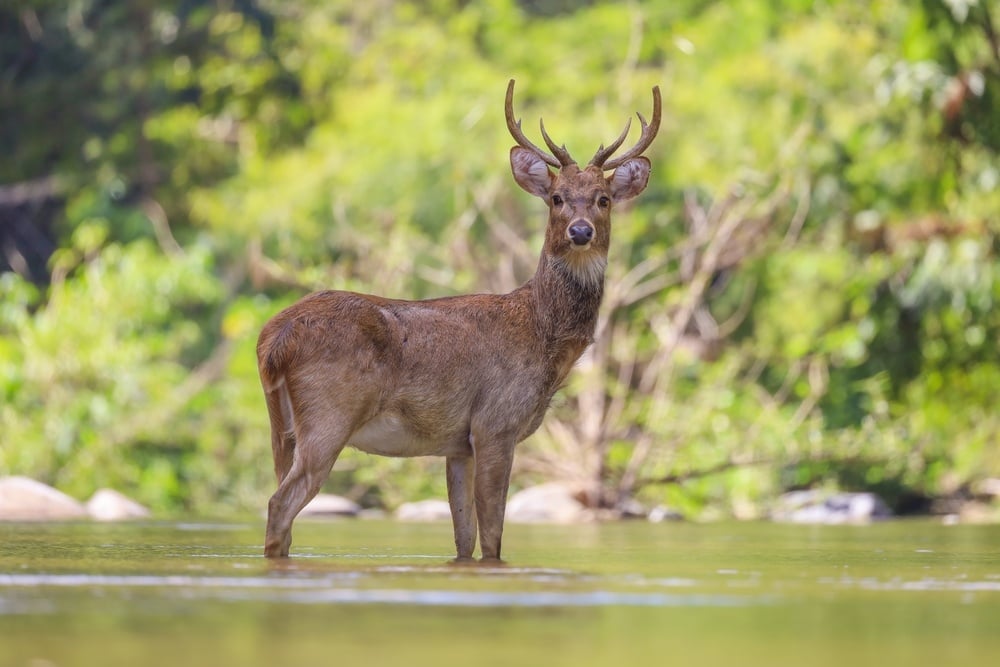
Deer are among the most well-known of the large wildlife species globally. They belong to the order...
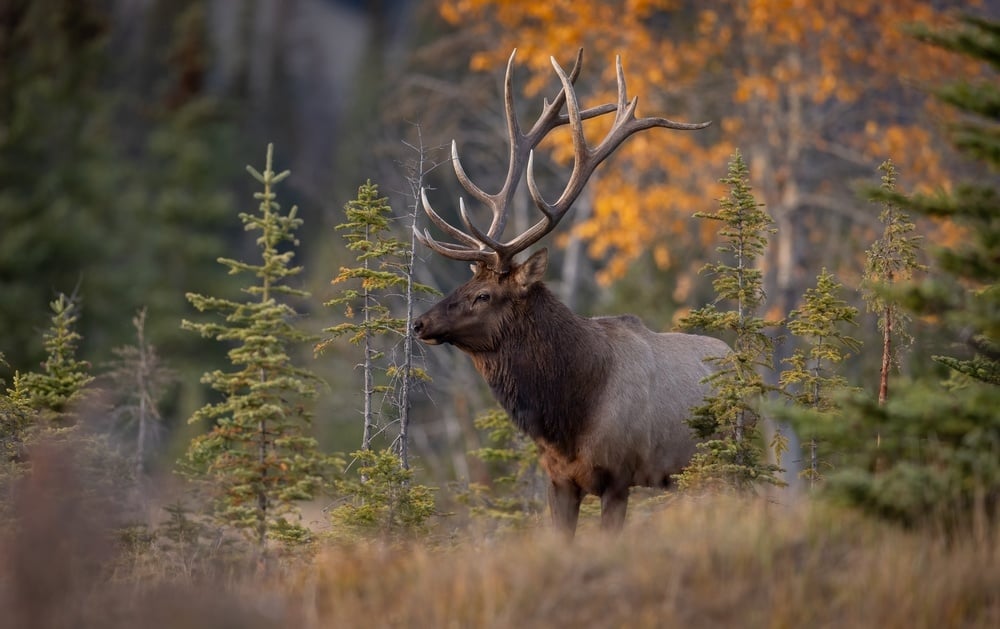
The elk (Cervus elaphus canadensis), also called wapiti, is the largest subspecies of red deer...

We know you care deeply about the pets and pet parents that you serve. To help you provide the best...

A very common post-sedation and post-anesthesia complications that can occur in both domestic and...

Mixlab, the first modern full-service pet pharmacy, today announced their expansion into the...

Immobilization via chemical means has become an indispensible tool for researchers and wildlife...
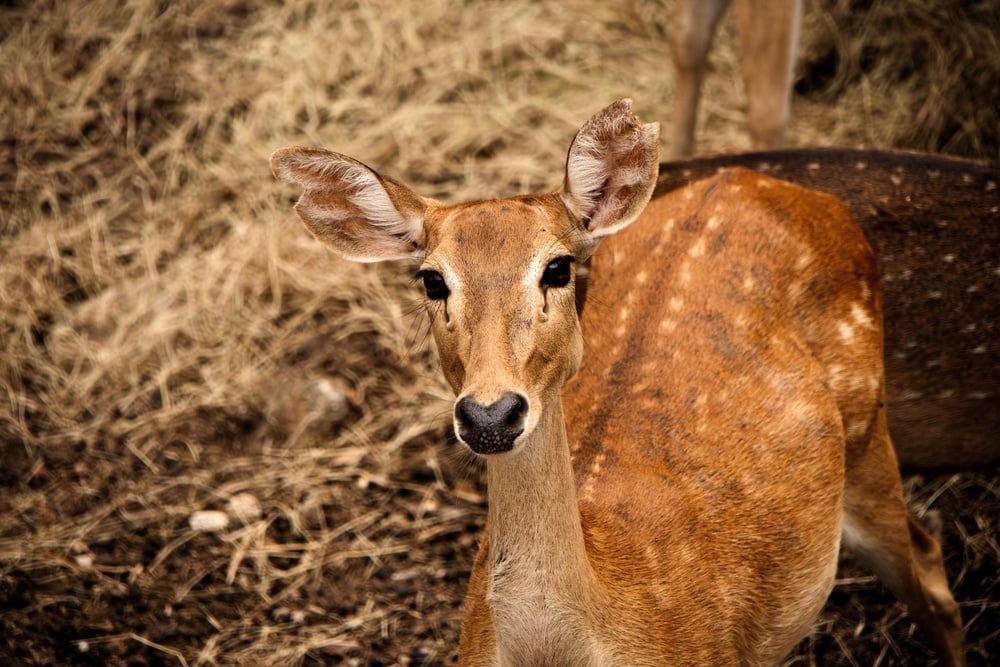
The Eld's deer (Rucervus eldii) is indigenous to Southeast Asia. These are large deer that are...

As summer winds down, it’s time to head back to school and back to work. On top of that, in a...
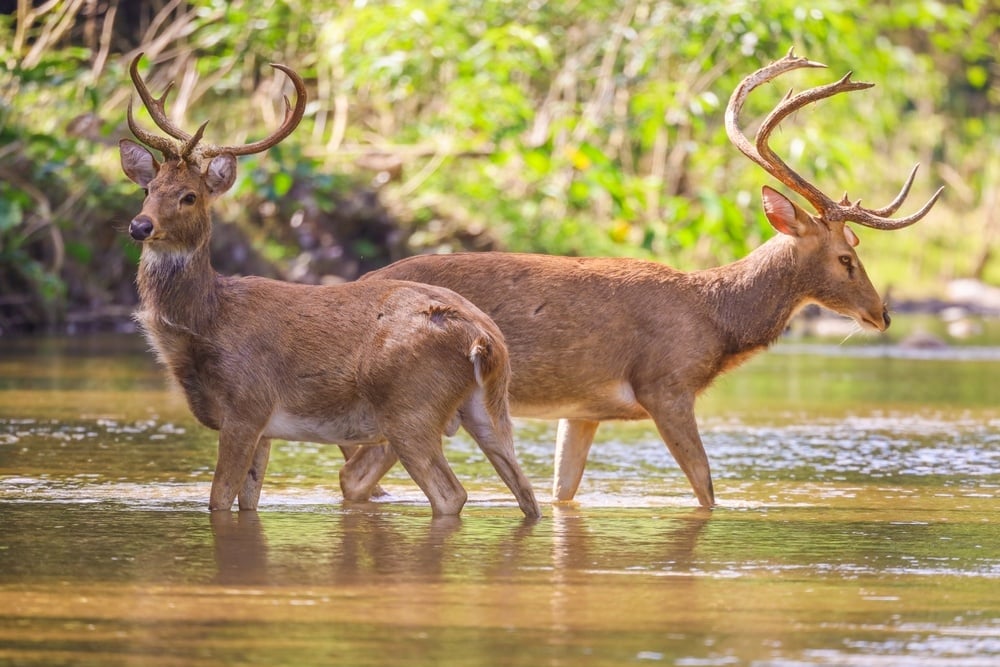
Deer are known as cervids (family Cervidae) and belong to the order Artiodactyla, which are hoofed...
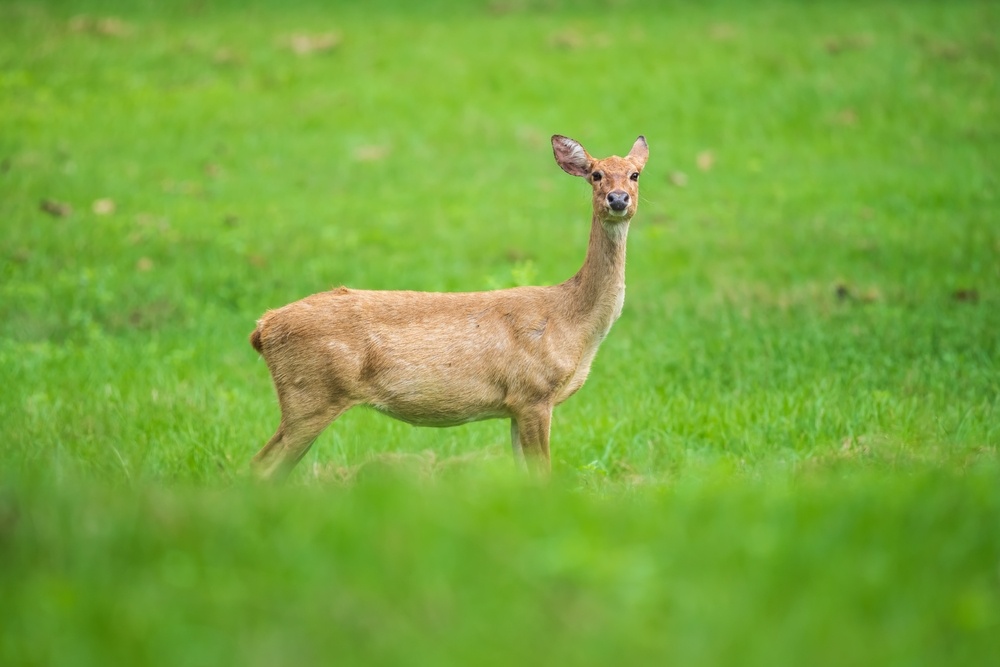
The chemical immobilization of wild and captive deer is often necessary for a variety of reasons,...
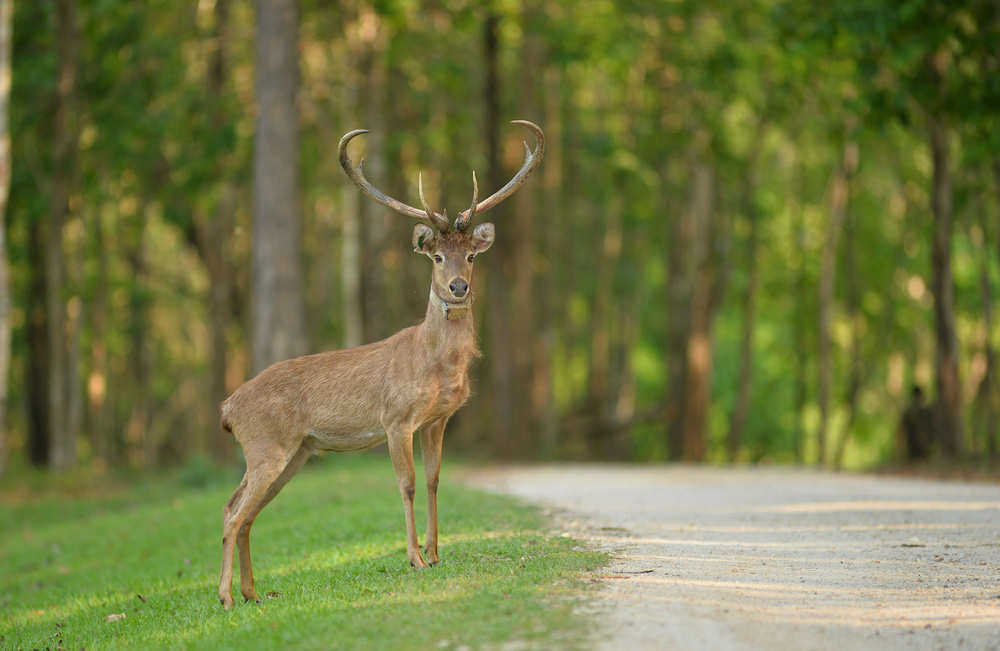
The management of both wild and captive deer frequently requires the manipulation of individual...
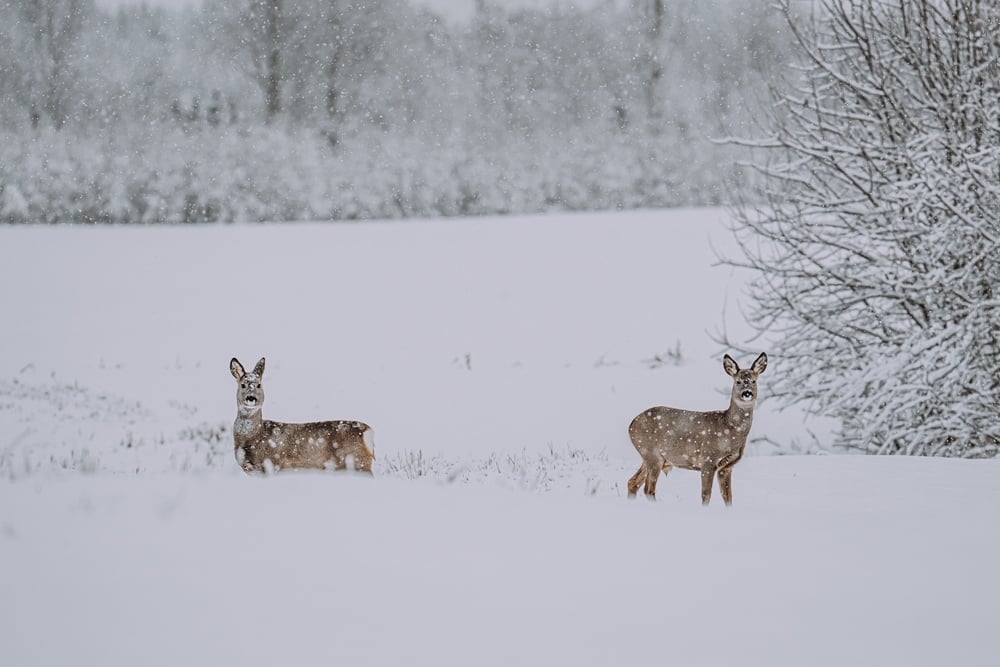
The Eld’s deer (Rucervus eldii) is a tropical deer that is native to the lowland forests of a...
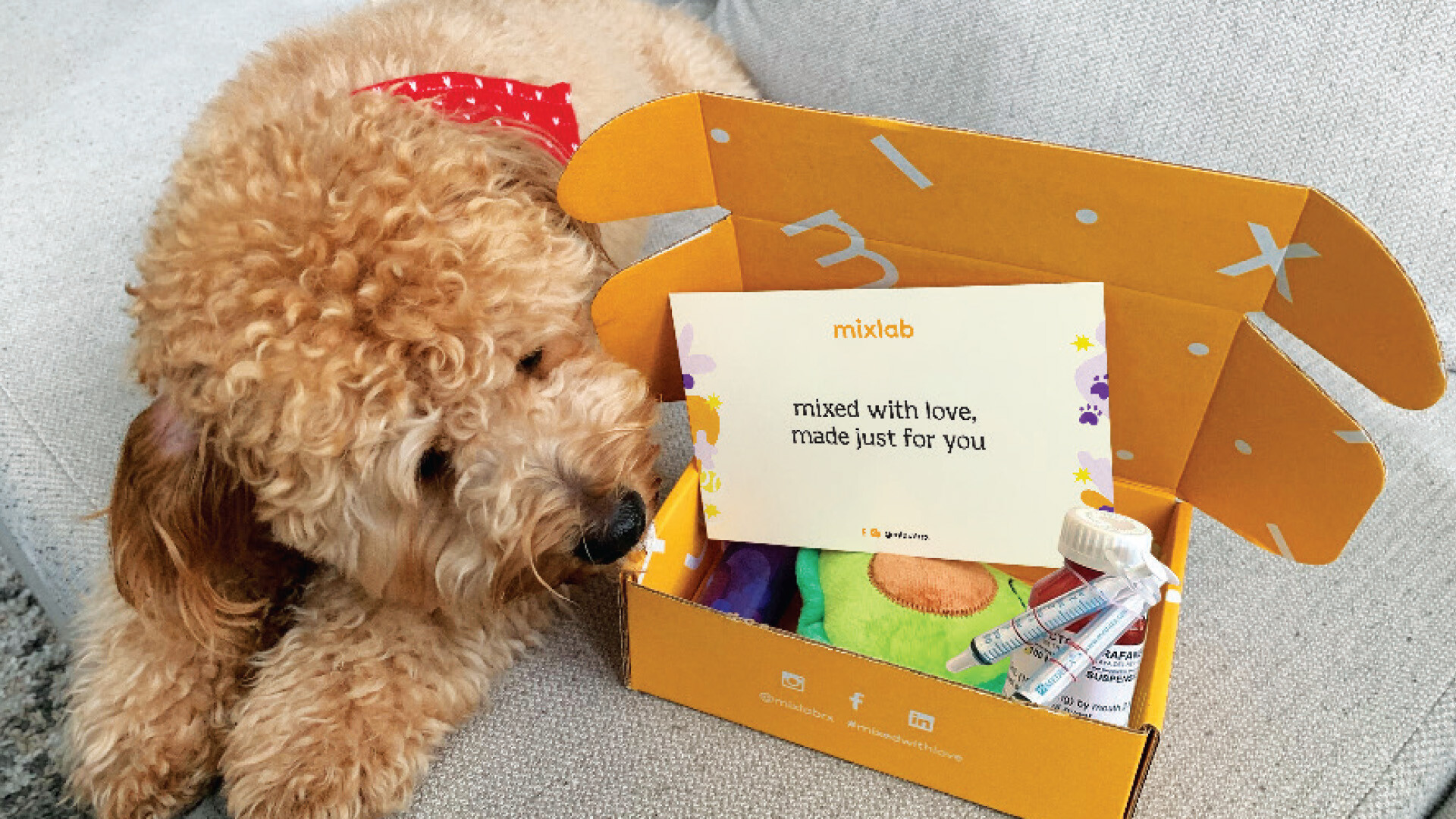
Mixlab, the veterinarian-partnered pharmacy and leader in pet prescription and wellness solutions,...
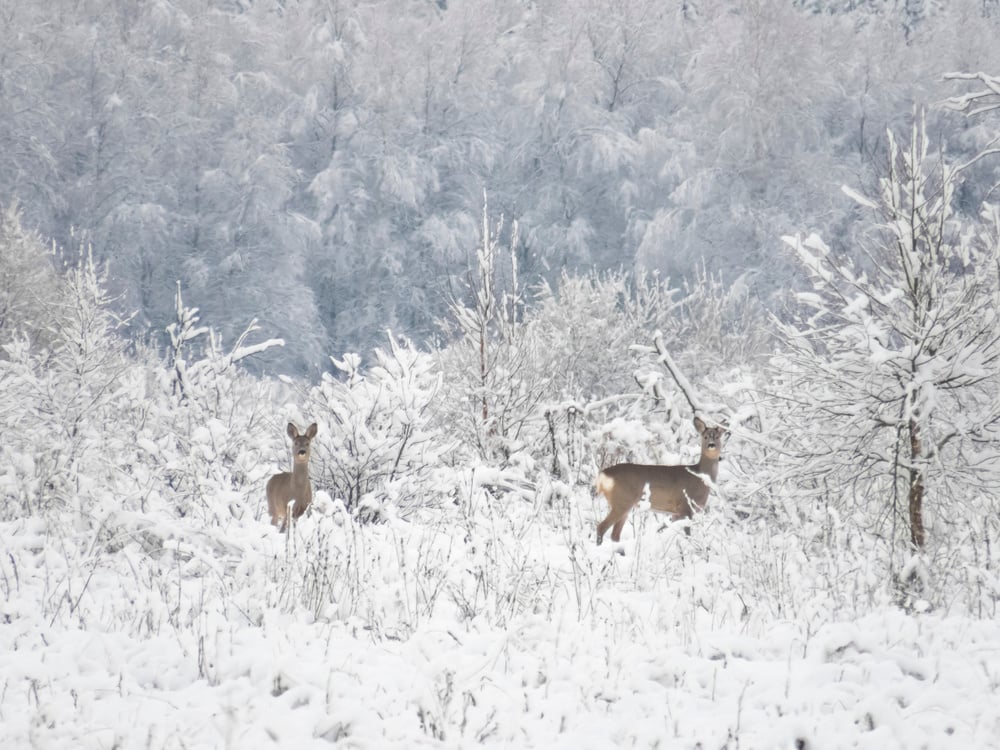
Deer are among the most well-known of the large wildlife species, and they’re popular among hunters...

Globally, there are over 50 species of deer, most of which are found in Asia, although many species...